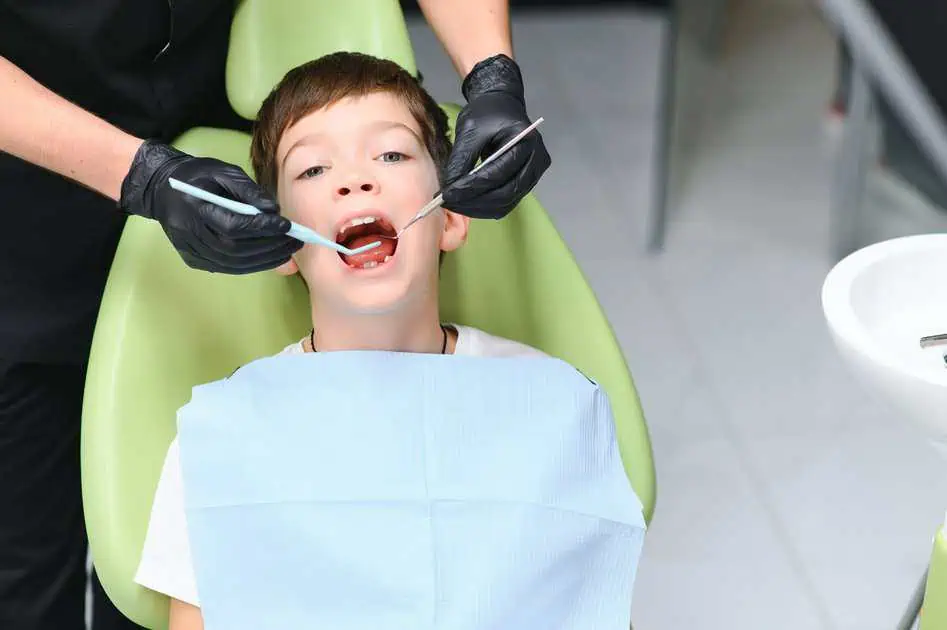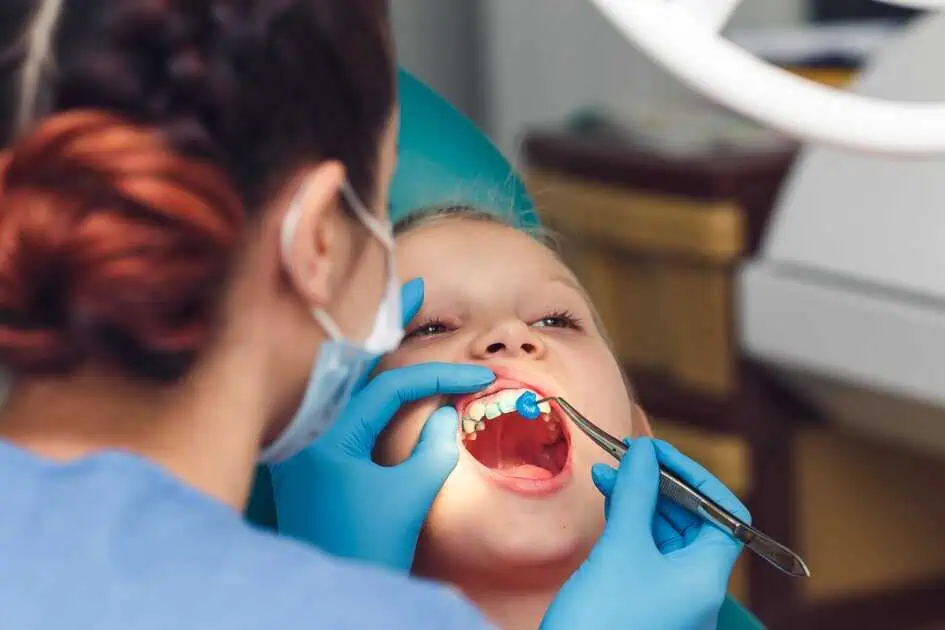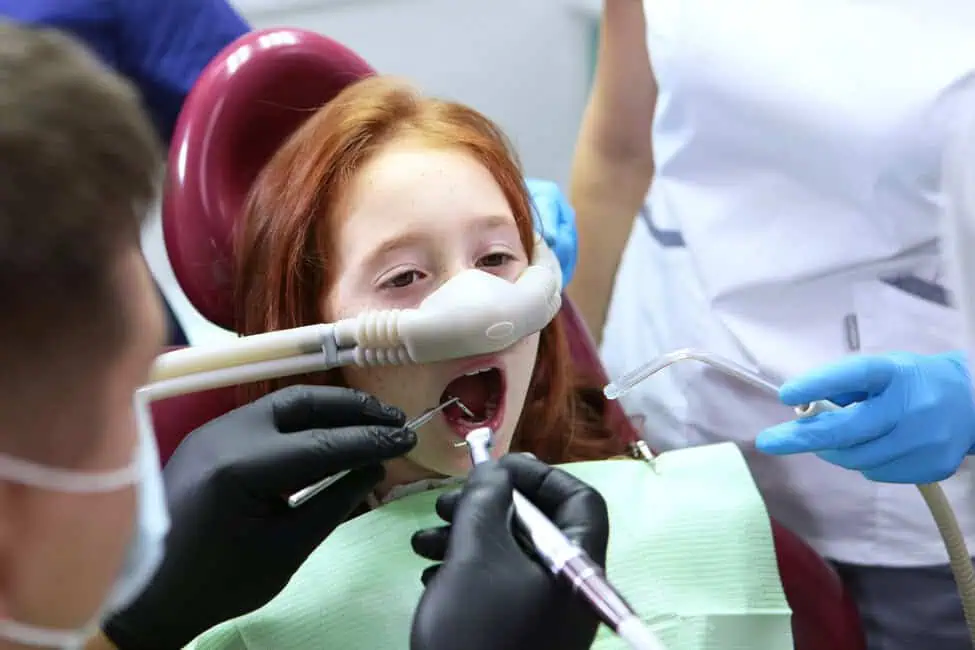Table of Contents
When it comes to providing an optimistic dental experience for children, managing anxiety and discomfort is a significant concern for many parents. Sedation dentistry offers various solutions to help children remain calm and relaxed during dental visits. Among the available options, nitrous oxide, also known as laughing gas, and oral conscious sedation are two popular choices. Knowing the differences between these methods can help parents make informed decisions about the best approach for their child’s specific needs. Each option has its distinctive benefits and considerations, which can significantly impact the dental experience for young patients.
Dental Sedation Options
Dental sedation refers to various techniques used to help patients relax and remain calm during dental procedures. These methods are particularly useful for children who experience anxiety or have difficulty sitting still. Sedation can range from mild forms, like nitrous oxide, to more profound methods, such as oral conscious sedation and intravenous (IV) sedation.
Nitrous oxide, often called laughing gas, is a mild sedative inhaled through a nasal mask. It quickly has a calming effect and wears off quickly, allowing patients to return to their normal activities shortly after the procedure. This method is ideal for routine dental treatments and children with mild anxiety.
Oral conscious sedation involves taking a pill before the dental visit, resulting in a deeper level of relaxation. Patients remain awake but may feel drowsy and have little memory of the procedure. This type is suitable for more invasive procedures or for children with moderate to severe anxiety.
IV sedation, administered through a vein, offers the deepest level of sedation, making it appropriate for extensive dental work or very anxious patients. This method requires careful monitoring by the dental team.
Comparing Sedation Options
Each sedation method has its advantages and specific applications depending on the child’s needs and the dental procedure involved.
Nitrous Oxide (Laughing Gas)
- Administration: Inhaled through a nasal mask.
- Depth of Sedation: Light sedation; patient remains awake and relaxed.
- Onset and Duration: Takes effect quickly and wears off within minutes.
- Recovery: Patients can usually resume normal activities immediately after the procedure.
- Side Effects: Mild; may include headache or slight nausea.
- Cost: Generally the least expensive option.
- Ideal For: Routine dental procedures, mild to moderate anxiety.
- Advantages:
- Quick recovery
- Adjustable sedation level during the procedure
- Safe for most children
- Considerations:
- Not suitable for severe anxiety or extensive procedures.
Oral Conscious Sedation
- Administration: Take it as a pill before the appointment.
- Depth of Sedation: Moderate sedation may induce drowsiness or light sleep.
- Onset and Duration: Takes effect within an hour; lasts for several hours.
- Recovery: Requires a whole day for the medication to wear off completely.
- Side Effects: Grogginess, disorientation, potential for nausea or vomiting.
- Cost: More expensive than nitrous oxide but less than IV sedation.
- Ideal For: Higher levels of anxiety, more invasive procedures.
- Advantages:
- Deeper sedation
- Reduced memory of the procedure
- Considerations:
- Requires supervision post-procedure
- Longer recovery time.
Intravenous (IV) Sedation
- Administration: Administered directly into the bloodstream via an IV line.
- Depth of Sedation: Deep sedation; the patient is in a sleep-like state.
- Onset and Duration: Immediate effect; duration depends on the procedure length.
- Recovery: Can take a day or more to recover fully.
- Side Effects: More pronounced; may include prolonged grogginess, nausea, and other side effects.
- Cost: Typically the most expensive sedation option.
- Ideal For: Severe anxiety, extensive dental procedures.
- Advantages:
- Deep sedation for extensive work
- Continuous monitoring and adjustment
- Considerations:
- Requires highly trained professionals
- Longer recovery and higher cost.
Why We Recommend Nitrous Oxide For Children
Nitrous oxide, commonly known as laughing gas, is often recommended for pediatric dental procedures due to its safety, efficacy, and ease of use. This mild sedative is inhaled through a nasal mask, making it non-invasive and straightforward for children to tolerate. One of the main advantages of nitrous oxide is its rapid onset and quick dissipation. As soon as the child inhales the gas, it induces a state of calm and relaxation within minutes. Equally beneficial is that the effects wear off almost immediately after removing the mask, allowing children to recover quickly and resume their normal activities without prolonged downtime.
Another reason nitrous oxide is favored is its adjustability during the procedure. Dentists can easily control the amount of gas administered, tailoring the level of sedation to the child’s needs in real-time. This flexibility ensures that the child remains comfortable throughout the treatment while minimizing the risk of over-sedation. Moreover, nitrous oxide is known for its minimal side effects. While some children may experience mild symptoms such as a headache or slight nausea, these effects are typically short-lived and not severe.
Safety is a paramount concern in pediatric dentistry, and nitrous oxide is a well-established option that has been extensively studied and proven to be safe for children. It is suitable for many dental procedures, from routine cleanings and fillings to minor oral surgeries. This versatility makes it an ideal choice for managing mild to moderate anxiety in young patients.
In addition to its clinical benefits, nitrous oxide helps create a more positive dental experience for children. Reducing anxiety and discomfort can lead to a more cooperative patient, making the dentist’s job easier and the procedure more efficient. This positive experience can set the tone for a lifetime of good dental habits, reducing the fear and avoidance often associated with dental visits.
Preparing Your Child for Nitrous Oxide
Discuss the sedation process with your child in simple terms, emphasizing that it will help them feel comfortable and relaxed. Follow any pre-sedation instructions provided by your dentist, such as dietary restrictions (usually no food or drink for six hours prior). Ensure your child wears comfortable clothing, and bring a favorite toy or blanket for added reassurance. Explain that you will be there throughout the procedure to provide support. On the appointment day, arrive early to allow your child time to adjust to the dental office environment.
Takeaway
Give your child the gift of a stress-free dental experience at Solomon Kids Dentistry. Our friendly team specializes in making dental visits comfortable and pleasant, using safe sedation options like nitrous oxide to keep anxiety at bay. From routine check-ups to more involved treatment services, we ensure every visit is smooth and reassuring for both you and your child. Ready to experience compassionate, expert dental care? Book an appointment with Solomon Kids Dentistry today and take the first step towards a healthier, happier smile for your little one.





